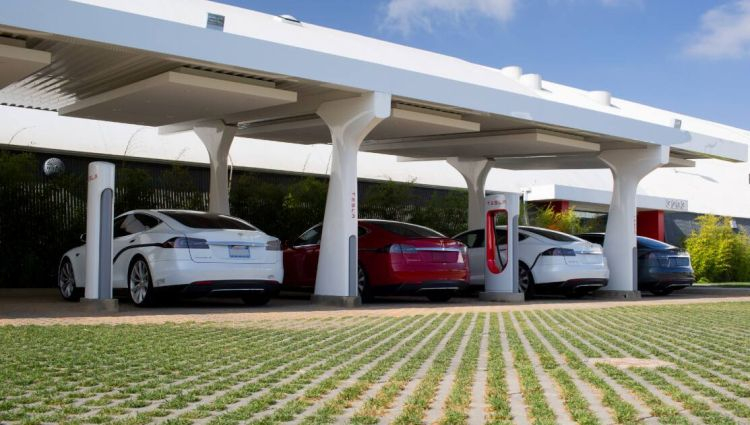AUTONEWS

Battery demand for electrified vehicles will rise sharply by 2030
If the plans of the governments of several countries for the pace of transition to electric vehicles are destined to materialize, by 2030 the market will need to use traction batteries with a total capacity of 3500 GWh annually. This is more than ten times the current level, although last year electric vehicles already occupied 10% of the global car market.
Similar statistics are provided by the International Energy Agency (IEA). According to the source, in 2021, the share of electric vehicles in the automotive market increased four times compared to the pre-pandemic of 2019, to 10%. Half of the electric vehicles sold last year were sold in China (3.3 million), followed by Europe with 2.3 million electric vehicles sold and a 65% increase over the previous year.
It is worth noting that, at the same time, in 2021, companies producing traction batteries were loaded on average with only 43% of their design capacity. Many of them were built recently and therefore have not yet reached the project's production volumes, which will be gradually increased. Last year, nickel-based batteries accounted for 75% of the traction battery market and 25% for lithium batteries using iron phosphate (LFP). As already mentioned, the participation of the latter will grow steadily in the coming years, and they could surpass the 50% mark next year. The transition to new methods of arranging cells in a battery made it possible to increase the charge storage density.
The high degree of concentration of LFP battery production in China is explained not only by the infrastructure developed for the delivery and processing of raw materials. Local companies like CATL hold many of the patents on these batteries, so competitors outside of China are limited in their ability to produce LFP batteries. The patents will expire next year, which will help expand LFP battery production outside the PRC. Tesla and Mercedes-Benz already use them, Ford Motor and many other western automakers are showing interest in this type of battery.
China may not have the biggest reserves of minerals used in lithium battery production, but it dominates the production of the necessary raw materials. For example, China controls 70% of the global market for cathode materials and 85% for anode materials. Japan, for example, is satisfied with 14% in the former case and 11% in the latter, and South Korea at 15% and 3%, respectively, although local battery makers are ready to challenge Chinese competitors on battery life rates. expansion.
Experts predict that by 2030 up to a quarter of all battery production will be concentrated in the United States and Europe. Cathode production will also be actively developed here, while China will continue to be the leader in terms of anodes. The cost of raw materials has increased significantly in the last two years. In the last year and a half, the cost of lithium has increased sevenfold or more, nickel and cobalt prices have doubled. If prices for these metals remain at their current level until the end of the year, traction batteries will increase by an average of 15%.
By 2030, China will begin to lose its position as the biggest market for electric vehicles. Their share can be reduced from 60 to 40% or even 25%, depending on the success of government programs to develop alternative energy. The fastest growing market is likely to be the United States, as the country's car market capacity and the need to cover great distances will create local demand for long-range electric vehicles.
Autonews

Nenhum comentário:
Postar um comentário